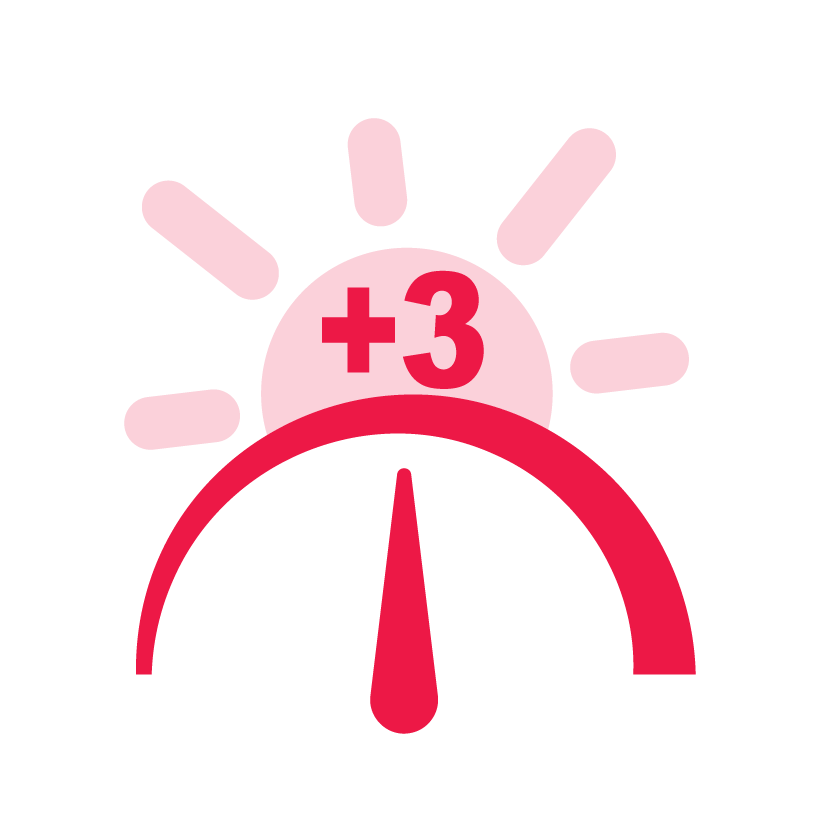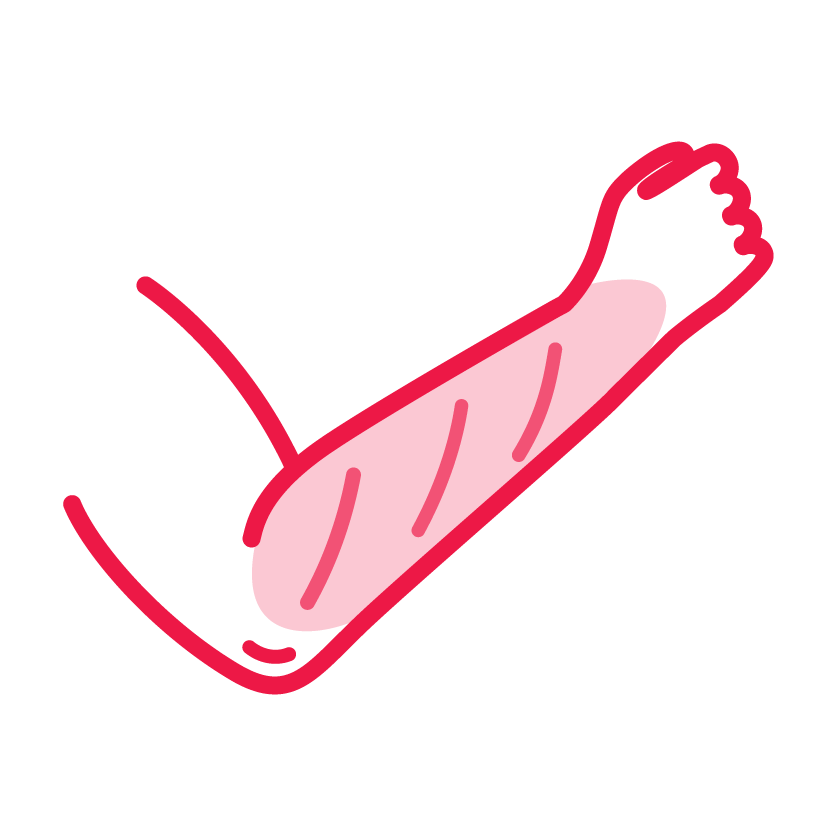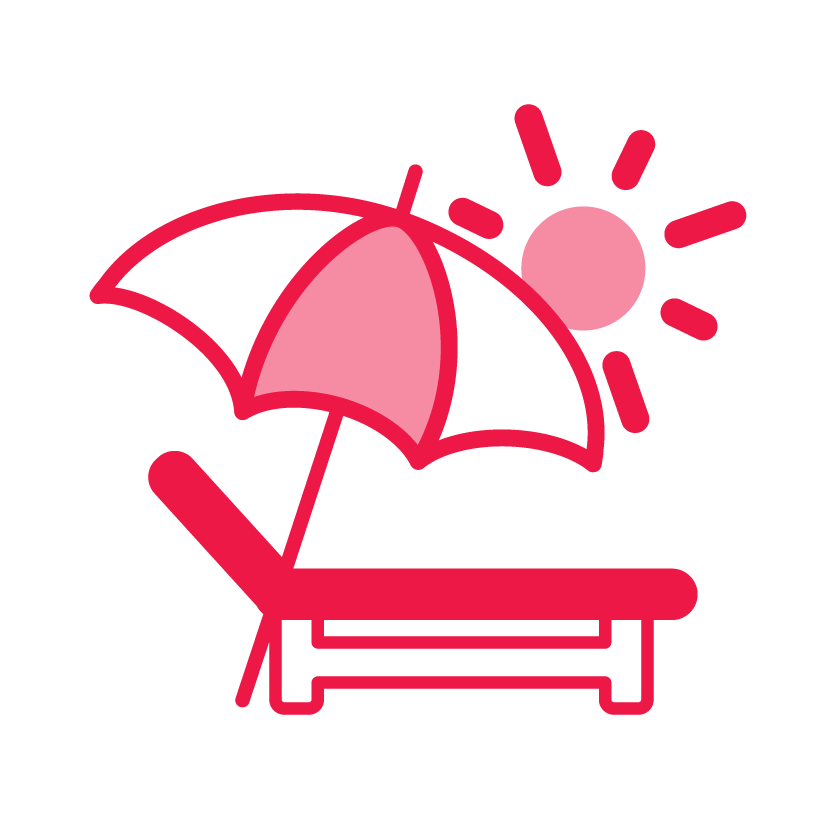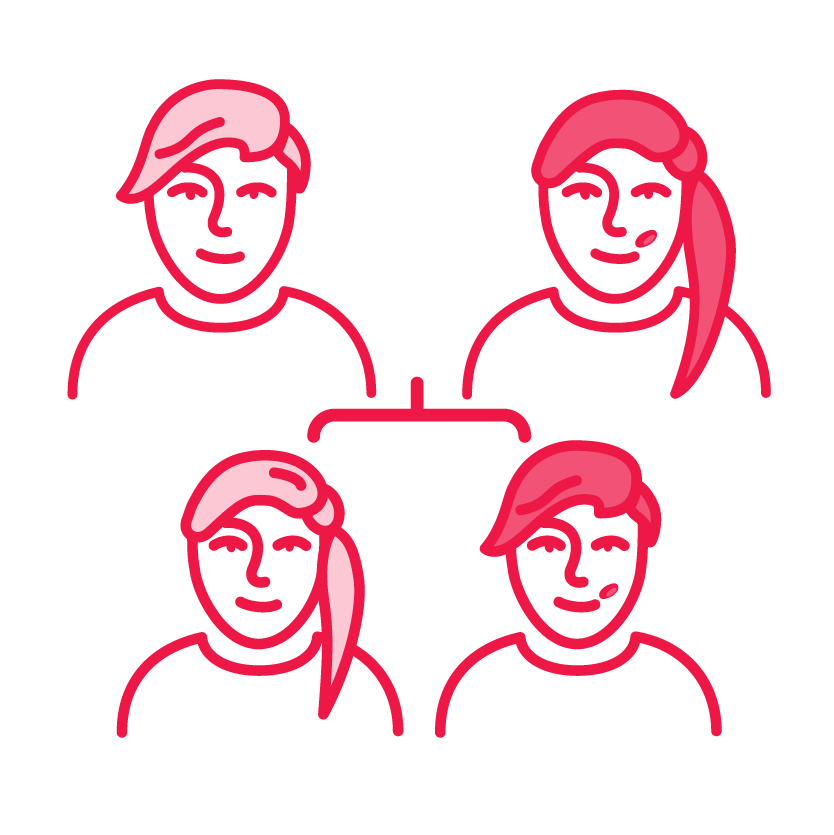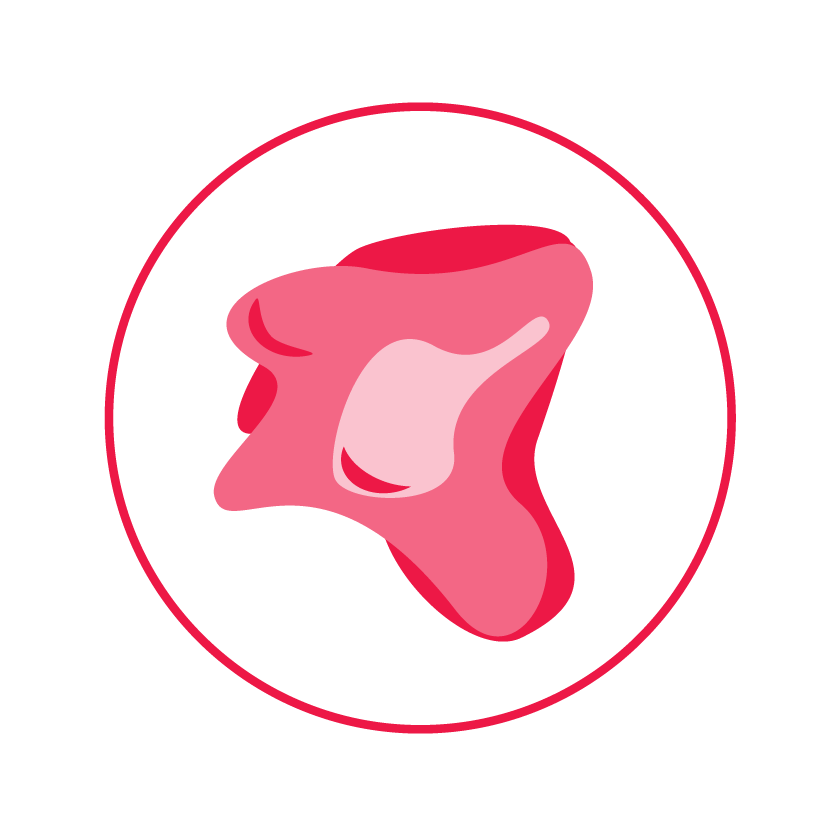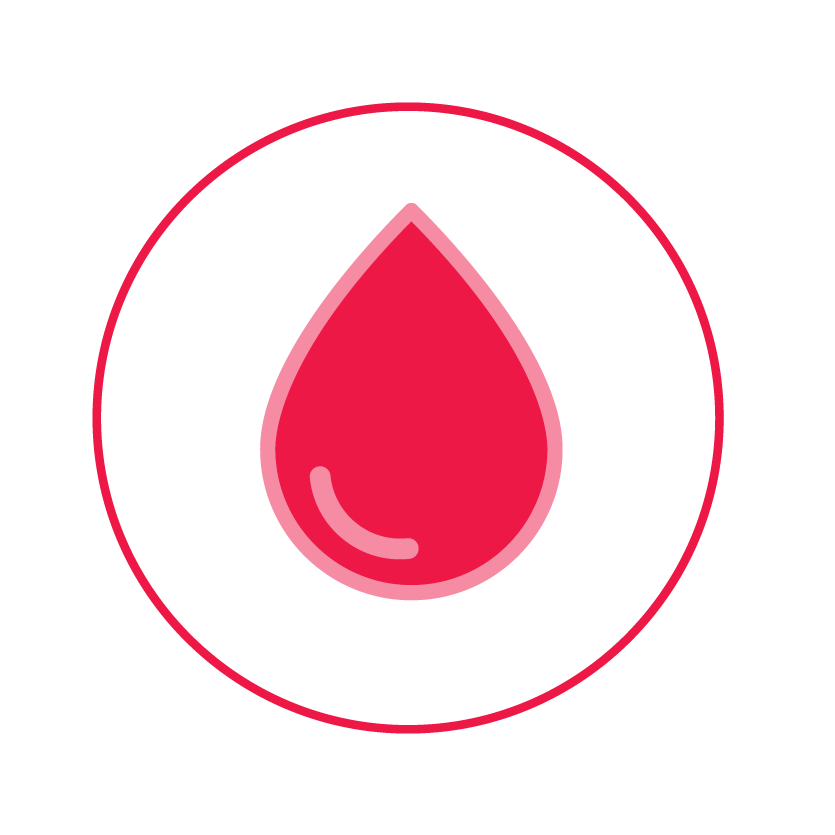LDN Get Sun Set
It’s time to protect your skin
Let’s face it, Londoners can’t get enough of the sun when it shines. But here’s the thing: protecting your skin from the sun isn’t just a summer habit, it’s a year-round priority. Harmful rays from the sun can damage and burn your skin, increasing your chances of skin cancer by nearly 80%.
Significantly reduce your risk and get sun set, all year round.
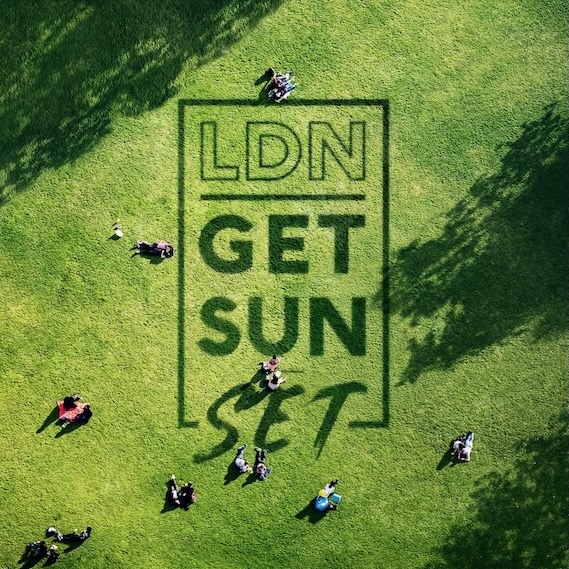
Skin protection matters 365 days a year
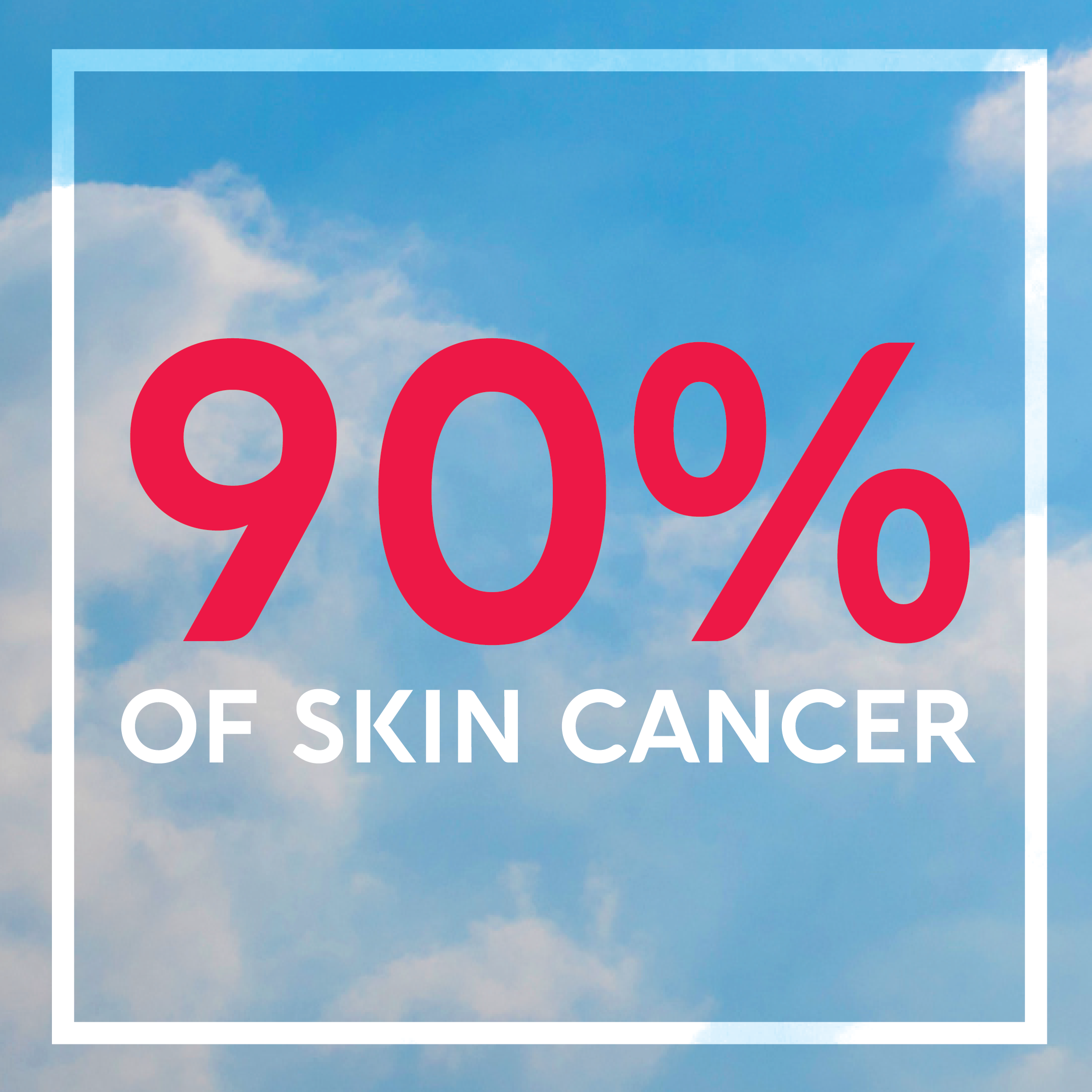
is caused by over exposure to ultraviolet rays (UV rays) which penetrate the skin and cause damage to the cells.
is caused by over exposure to ultraviolet rays (UV rays) which penetrate the skin and cause damage to the cells.
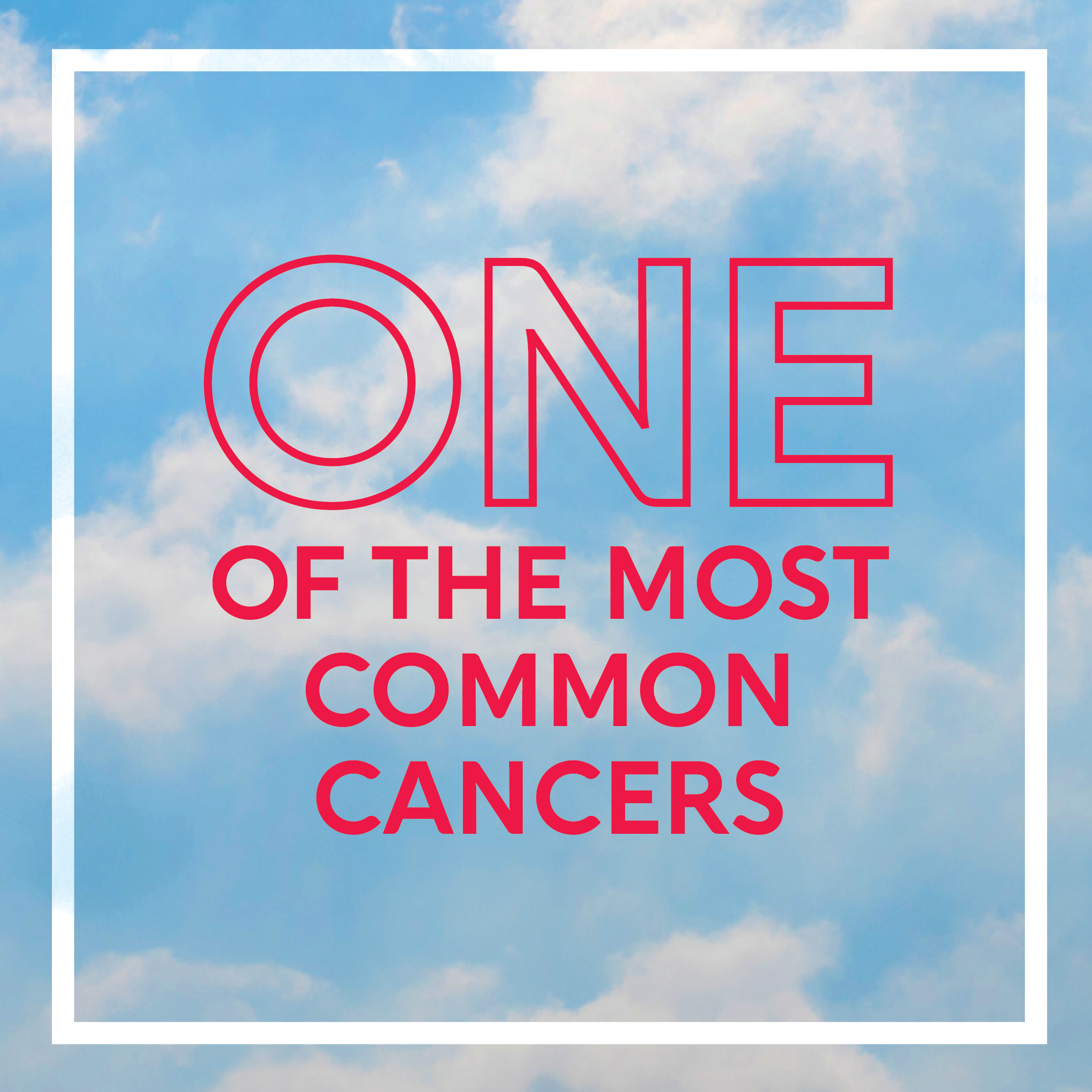
particularly for young people in the UK.
particularly for young people in the UK.
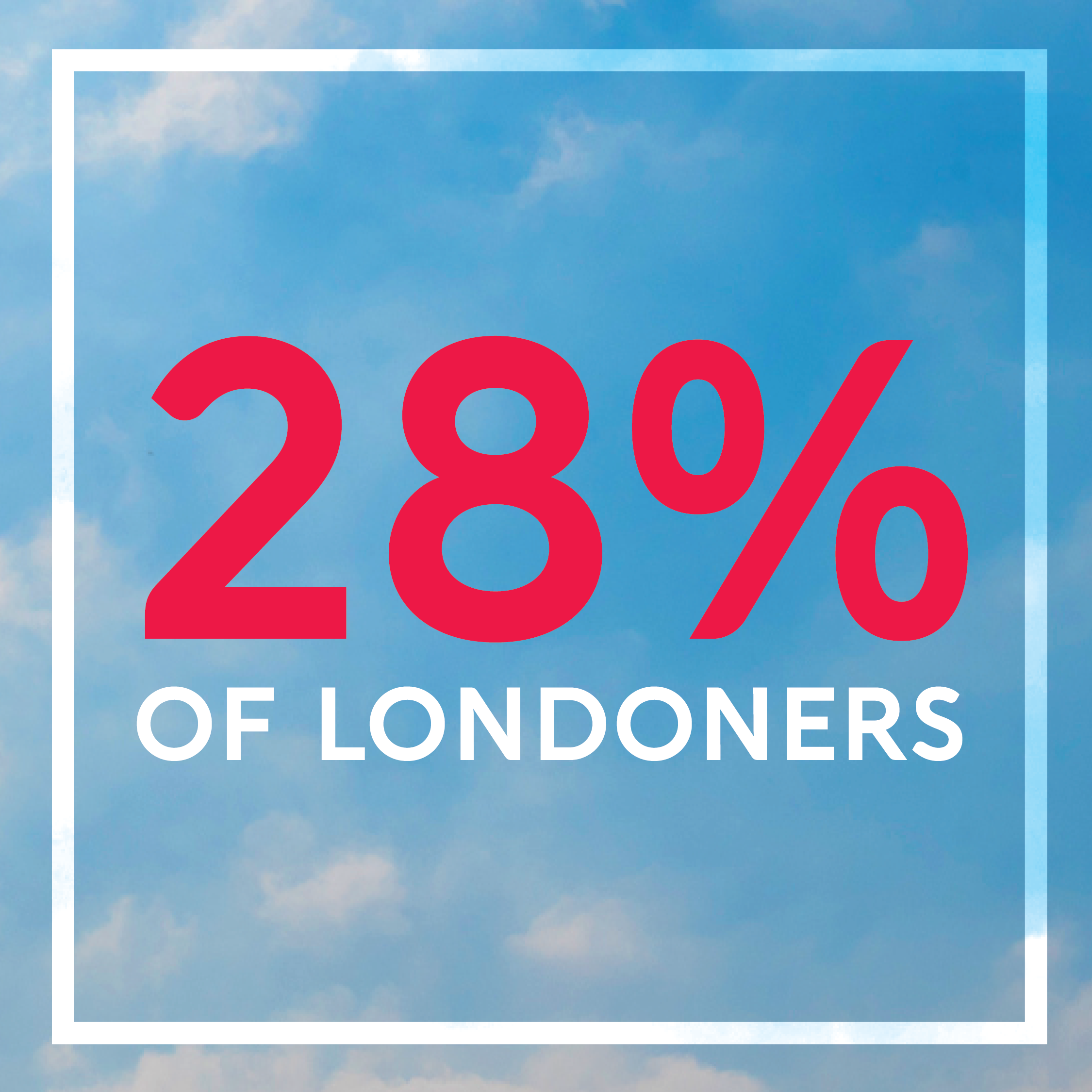
feel there is not enough awareness about the dangers of UV exposure and sun protection.
feel there is not enough awareness about the dangers of UV exposure and sun protection.
What are UV rays and are they a risk in London?
UV rays are a type of invisible radiation from the sun that doesn’t require sunshine, or even warmth, to cause sun damage to your skin. The rays can penetrate your skin even when it’s cloudy – in other words, even in typical London weather.
UV rays affect the outer layers of the skin and are the main cause of sunburn. Over exposure causes scarring, long-term sensitive skin and early signs of ageing. They are also directly linked to cell damage.
This is because when the skin absorbs UV radiation, it can damage the DNA in skin cells, causing mutations that may lead to uncontrolled growth and skin cancer.
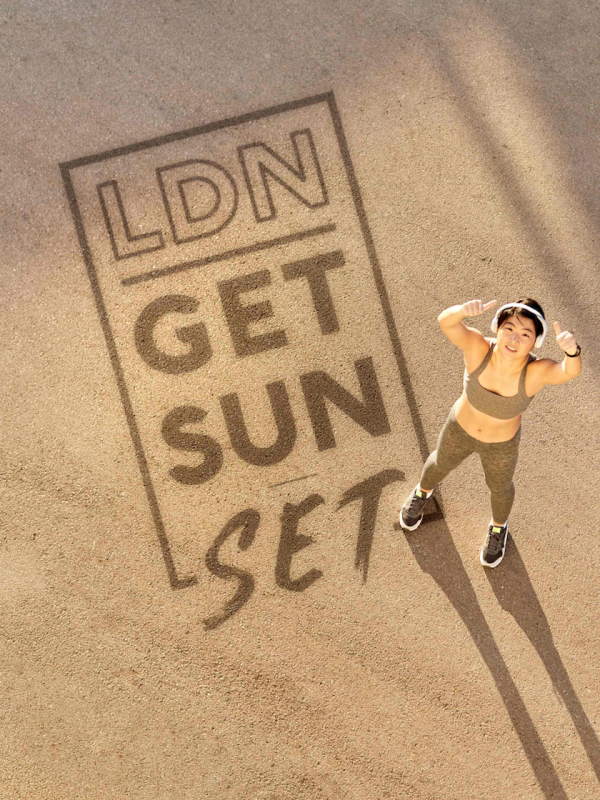
Your skin is your first defence, don’t wait until it’s too late to protect it
Prevention and early detection save lives
In the UK, 71% of young people have admitted to getting sunburnt, with 15% believing this is normal for the “summer holiday season”. But what many don’t realise is that UV damage builds up over time, starting with your very first sunburn. The more you burn the greater the risk – and yet it’s avoidable. Every day in the UK, 430 people are diagnosed with non-melanoma skin cancer, the most commonly diagnosed skin cancer in the UK.
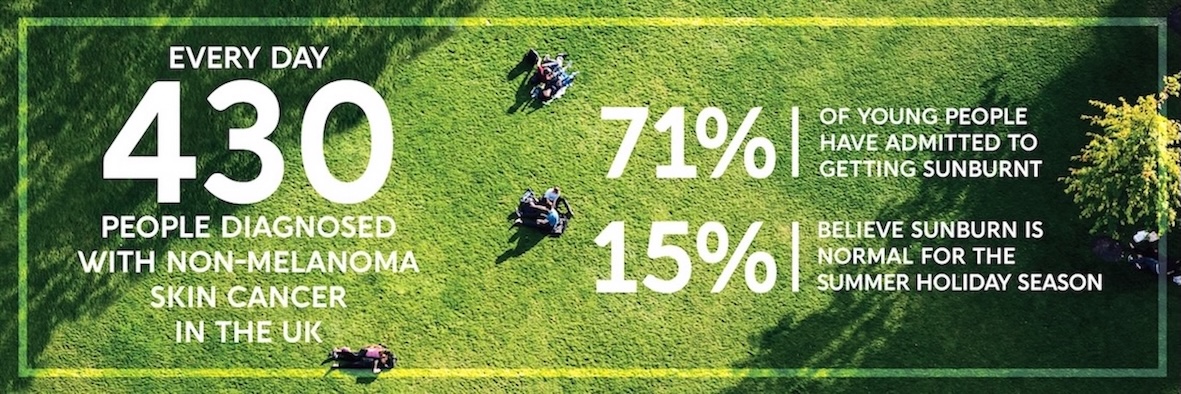
All skin types can get skin cancer, however, those at greatest risk can include:
Know your skin: Spotting the signs of skin cancer
By adopting good sun safe practices and keeping a regular check on moles, you can reduce your risk of skin cancer.
Getting sun set isn’t just about prevention, it’s also about early detection. While most of us have moles, freckles, tags, or other skin marks, it’s crucial to check these regularly.
What does a common mole look like?
If you notice anything different to what is usual for you, it is important that you speak to your doctor. Recognising the early signs of skin cancer is important – over 85% of UK skin cancer cases are caught early, and detection saves lives.
Tools to be safe, all year round
If you're living in North East London, gaining the right knowledge, protecting your skin, and acting early can help reduce your risk of skin cancer. You can find more information on how to Get Sun Set today by visiting:
Sun Safety and Skin Cancer Booklet
Are you at risk? Check here: Am I at risk of developing skin cancer?
Know the facts about your suncream
How to check your skin
Normal vs abnormal moles, and risk factors for melanoma: Melanoma Skin Cancer information
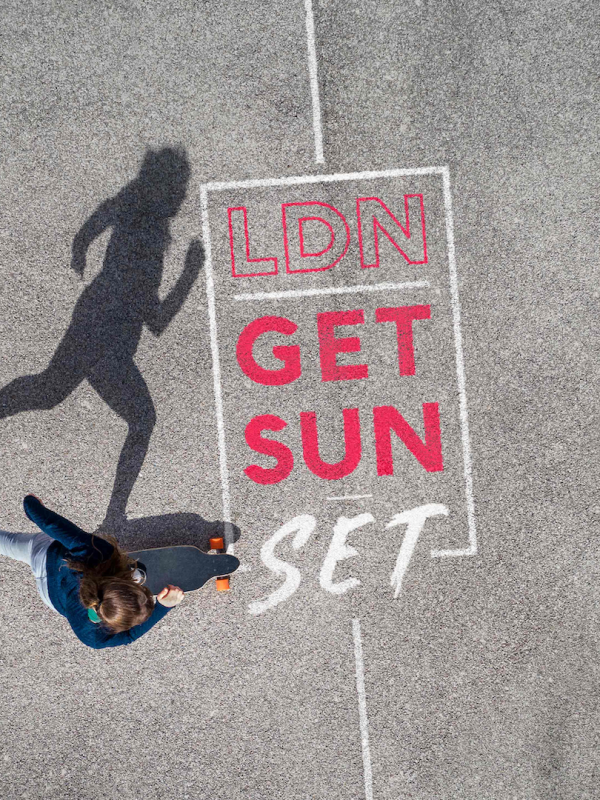
Get Sun Set
Get Sun Set is brought to you by the North East London Cancer Alliance in partnership with Skcin, a leading UK charity dedicated to skin cancer prevention, early detection and education.
They have been working alongside specialist communications agency AKT Health, a JPA Health Company.
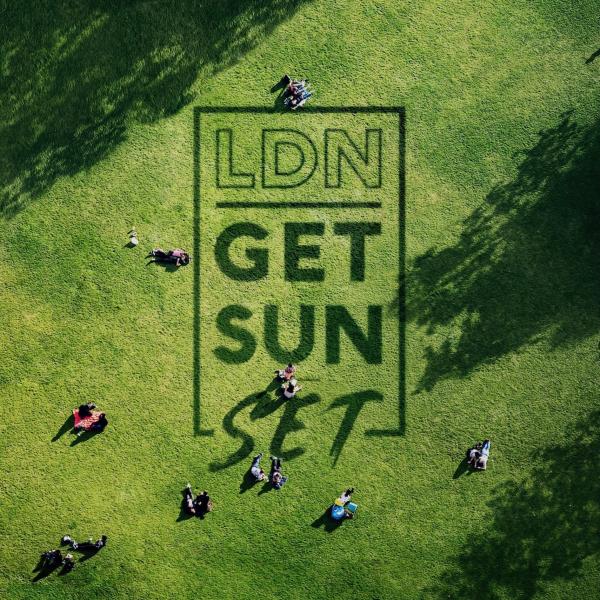
References
When asked Did you ever get sunburned as a child or teenager? 65.90% of all respondents said ‘Yes’. This increased to 76.66% of people who described their skin tone as Type 1 or ‘Light, pale, white’.
NHS, Sunscreen and sun safety, https://www.nhs.uk/live-well/seasonal-health/sunscreen-and-sun-safety/
Melanoma Focus, UK public ignoring skin cancer risks, UK public ignoring skin cancer risks - Melanoma Focus
London Mole Removal Centre, Young Adults Lacking Sunburn Concerns, https://www.mole-removal.co.uk/young-adults-lacking-sunburn-concerns/
Cancer Research UK, Non-melanoma skin cancer statistics, https://www.cancerresearchuk.org/health-professional/cancer-statistics/statistics-by-cancer-type/non-melanoma-skin-cancer#heading-Zero
NHS, Causes Melanoma skin cancer, https://www.nhs.uk/conditions/melanoma-skin-cancer/causes/
Aurora Health Care, Moles symptoms & treatment, https://www.aurorahealthcare.org/services/dermatology/moles
NHS UK, Cancer Registrations Statistics, England 202, https://digital.nhs.uk/data-and-information/publications/statistical/cancer-registration-statistics/england-2021---summary-counts-only/cancer-incidence-by-stage




